Menu
Trees are an important part of our lives; one we can’t live without. This is why it’s crucial to take care of our environment. Sometimes you can tell when a tree is ill or dying by the color of its leaves or the state of its trunk. Other times, it’s not that easy to realize. Broken limbs or damaged tree trunks from a dying tree can cause serious injuries to people and animals if they fall unexpectedly. Being able to detect when a tree is ill and knowing what to do in that situation will be able to save you and others from potential dangers. Here are five signs to look out for that tell you the tree is not in good health.
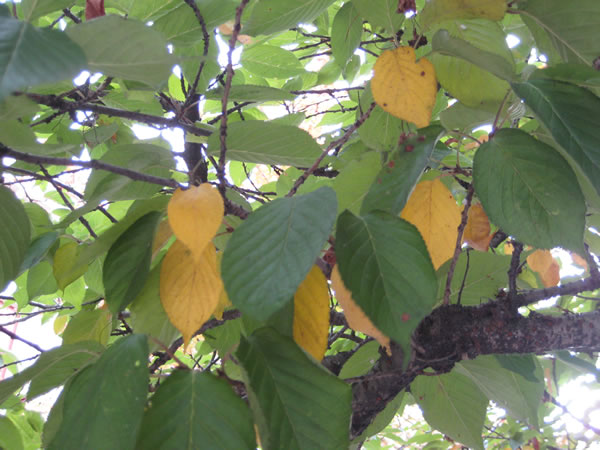
Having a few dead branches or wood doesn’t necessarily mean your tree is ill, but an increased occurrence of dead wood may be a sign. Having dead wood in branches can make them weaker and more prone to fall off at any time. This is hazardous for the people living and passing by the area around the tree. Having the tree removed by a tree removal service offered by companies like Driscoll Tree Service will be the best option in situations like these.
If the tree has damaged roots, it’s harder to spot because they’re located underground. Look for changes in the tree’s health if you’ve recently had construction work near the tree or any other occurrence that may have been damaging to the tree. Similarly, if there are roots peeking out onto the surface, check for any damage and make sure the soil is healthy as well. Call for tree service if necessary.

Trees have another layer under the dry, hard bark on their exterior called the cambium layer. You can peel off the hard layer and inspect the tree by looking at its cambium layer. By using your fingernail or a knife, carve out the outside layer of bark and check the color of the layer inside. If it’s green, this means the tree is still living. If it’s brown or dry, this is a sign of a dead or dying tree.
Plant leaves turning yellow is a sign of a moisture problem, usually meaning the plant either has a lack of water consumption or is receiving too much water. Moisture isn’t the only reason a tree’s leaves can turn yellow. Having pests or diseases can also lead the tree’s health to decline, causing the leaves to not receive enough nutrients.
If you have spots appearing on leaves or branches of your tree, it may be signs of disease. Pests and fungus can cause this to happen. Of course, not all spots you see on leaves mean that your tree has a disease, but it’s best to make sure nothing’s wrong with your tree’s health. Finding out about the problem before it’s too late will save you a phone call to a tree removal service.
A plant’s overall health can affect its growth pattern greatly. Having thinner branches or being smaller can be because of a lack of nutrition just as much as it could be because of diseases. Leaning to the side or drooping branches are signs of weakness and indicate that the tree should be checked out.
Trees are living things just like humans, and they naturally have needs as well. If their health isn’t in good condition, it’s the job of Driscoll Tree Service to take care of them and have them removed if necessary. Don’t neglect your trees and call now if you need tree service. Attempting to save your tree now will most likely be more effective than later on.
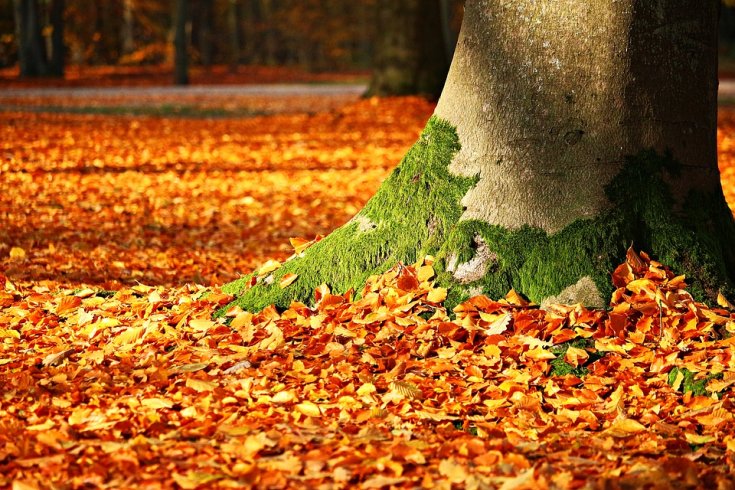
Why Leaves Change Color in the Fall As fall nears, property owners need to understand why leaves change color. Chlorophyll, a green pigment found in algae, plants, and cyanobacteria, plays an essential role in photosynthesis, allowing plants to absorb energy…
Read More
Most Interesting Facts About Trees Trees provide more than just clean air for the planet; they are entities that have been around for many years, bearing witness to Earth’s rich history. As a professional tree care company, the Driscoll Tree…
Read More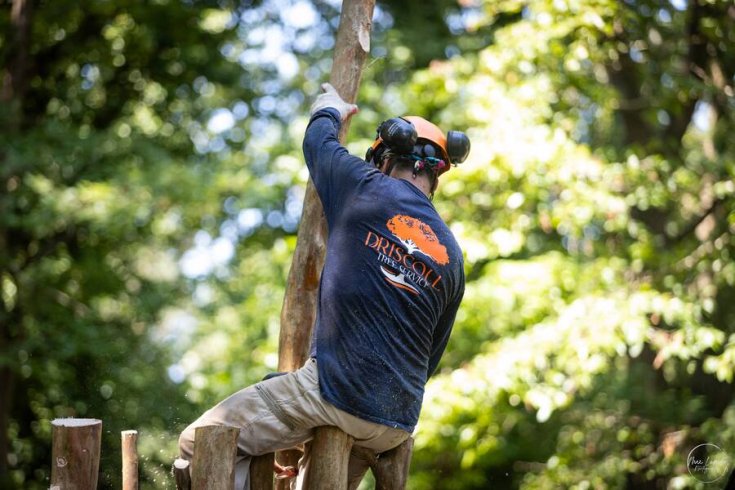
Why Tree Risk Assessment Is Important Trees are valuable assets that enhance the quality of your landscape and the ecosystem. These magnificent entities provide many benefits, including shade, beauty, and environmental benefits. However, they can experience structural deterioration or health…
Read More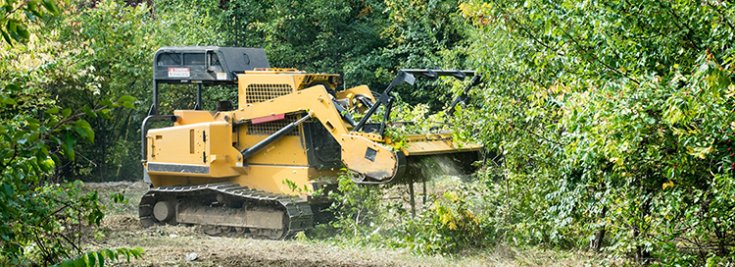
Learn About Hiring Forestry Mulching Services Forestry mulching is the ultimate win-win for nature enthusiasts, landowners, and anyone looking to responsibly manage overgrown vegetation. This innovative process transforms trees, bushes, vines, and other plants into valuable mulch that not only…
Read More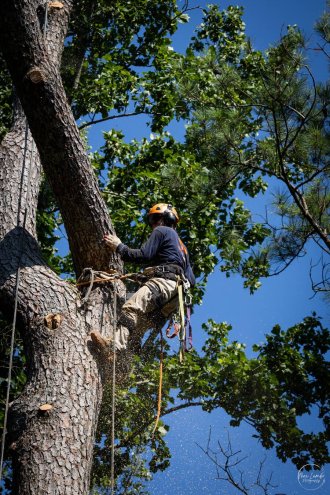
How to Support Tree Limbs Trees are majestic entities that offer many benefits, from shade and air quality to providing a habitat for wildlife. However, mature trees can become heavy or grow with weak attachments, leading to structural issues and…
Read More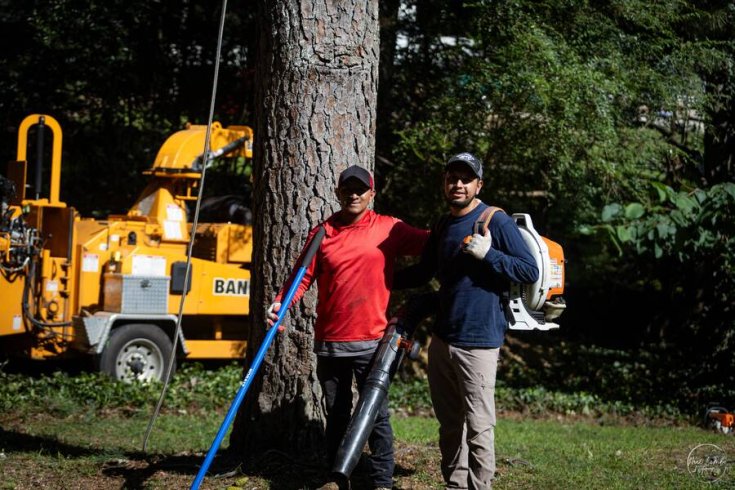
Why Should You Hire a Tree Company for Safely Tree Removal On the face of it, you may think that tree removal is a DIY task. After all, it’s all about wielding a chainsaw and felling a tree, right? Wrong.…
Read More
Best Trees to Plant for Shade A good shade tree is a must if you live in an area where the temperatures tend to rise in the spring and summer. Choosing the right trees can not only offer a cool…
Read More
Tree Removals for Pool Construction Installing a pool in your backyard is an exciting project, especially when you have countless hours of relaxation, fun, and exercise to look forward to. However, the journey from planning to the first swim often…
Read More
Removing Trees in Confined Spaces People living in urban and suburban settings often own homes with small yards. This is common in congested areas since most properties are close together. This can pose significant issues regarding tree removal, hence the…
Read More
Top Signs You Need an Arborist to Inspect Your Trees Most of us love the trees on our property because they offer shade, beauty, privacy, and even fruit in some cases! Despite our appreciation, how well do we really understand…
Read More